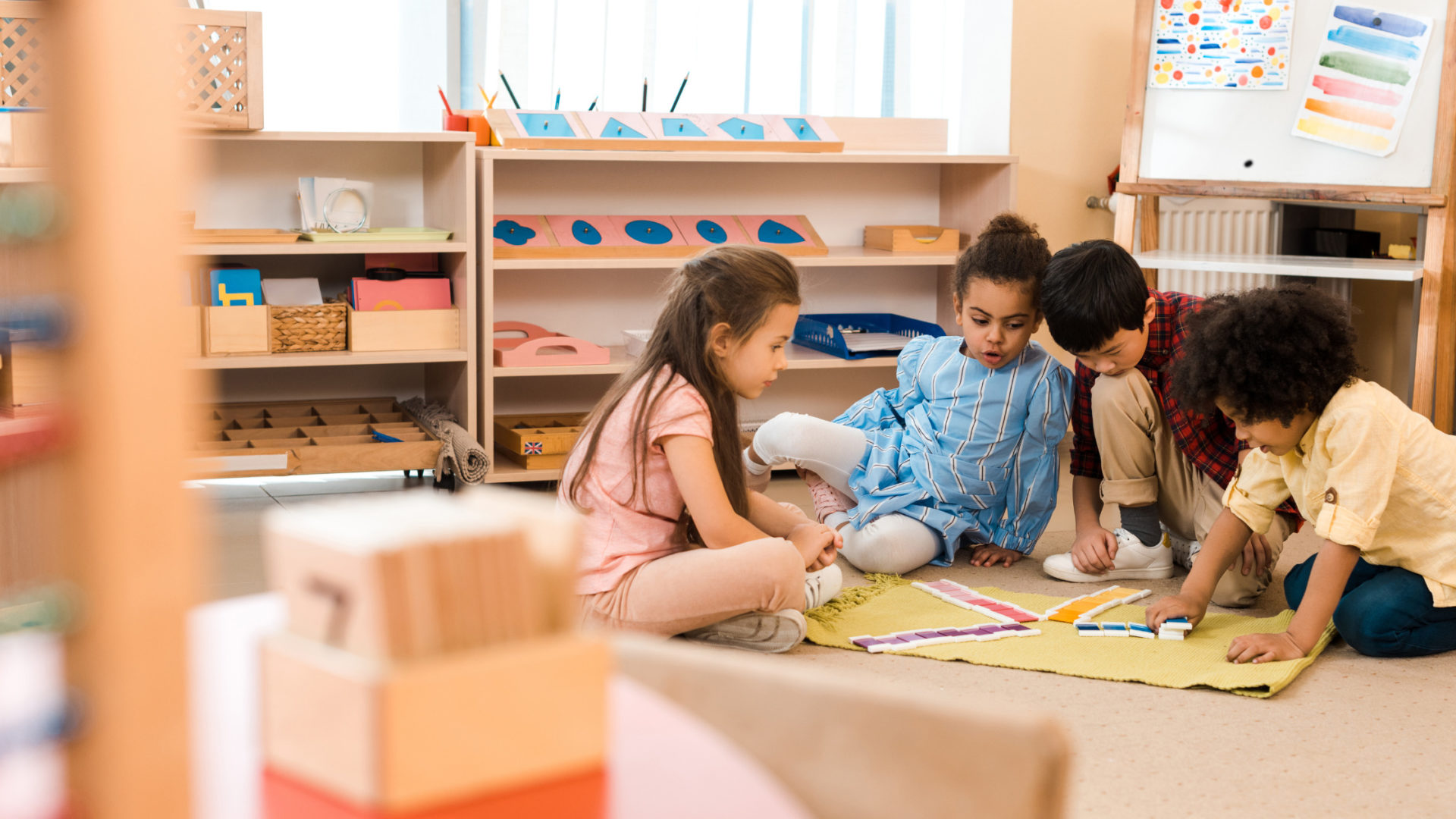The Montessori Movement
Montessori Education: How Montessori’s Unique Approach to Movement Changed the Game
Montessori education is a topic that has gained widespread attention and recognition in recent years. Developed by Maria Montessori in the early 1900s, this unique approach to education emphasizes the importance of movement, self-directed learning, and experiential learning. The Montessori method has been adopted by schools and educators around the world and has been praised for its ability to foster creativity, independence, and critical thinking skills in children. In this blog post, we will explore how Montessori’s unique approach to movement has changed the game in education, and how it continues to influence teaching and learning today.

If you happen to observe a Montessori classroom, what you’ll see is a lot of movement. Movement is a crucial aspect of the Montessori approach. Children are allowed to move around freely in the prepared environment, where they can choose a shelf to select an activity and a table to work on. Additionally, movement is closely connected to social interactions. As they walk around the classroom, children may have spontaneous encounters.
When you imagine a conventional classroom, you’ll notice that it’s quite different. The kids are arranged in tidy rows and are required to sit still and focus for long stretches of time. Any kind of movement, such as using the restroom, usually requires permission. Moreover, socializing is either frowned upon or reserved for scheduled activities.
Montessori was an early advocate of the movement’s significance. She deliberately and systematically integrated it into her learning approach, recognizing that movement is essential for thought and thinking is stimulated by movement. Montessori’s method involved establishing a setting that allowed children to discover their own interests and be free to explore them.

The idea of linking movement and thinking has been valued by great thinkers throughout history, such as Rimbaud and Nietzsche. Nietzsche, in particular, emphasizes the importance of ideas gained through physical activity in his work “Twilight of the Idols,” stating that only these ideas hold true value. Montessori also embraces this concept in “Absorbent Mind,” engaging with Descartes’ notion of separating the mind and body. Montessori challenges this dualism, rejecting the idea that thinking is solely a sedentary activity and movement are only for the physical body.
Movement in the classroom is highly appreciated by Montessori guides as it offers practical skills that the body needs. Unlike traditional schools, Montessori allows children to move freely and engage in purposeful work which enables them to channel their energy productively. Montessori frees the mind by freeing the body, as it understands that movement is integral to thought. Giving children the freedom to move helps them to concentrate better, work independently, and have the confidence to pursue their interests. By allowing movement, Montessori encourages the movement of thought which is facilitated through concentration.
Montessori started a movement.
>> Read more: Unlock the Power of Learning: How Movement Can Revolutionize Your Education
